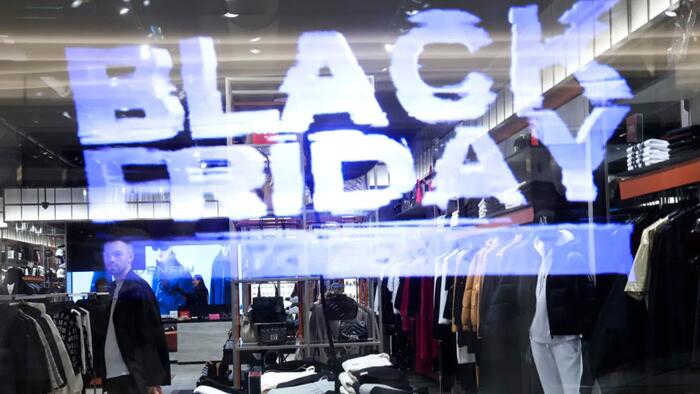This year’s holiday shopping landscape is characterized by cautious consumer behaviors, driven by ongoing inflationary pressures and the recent uncertainties surrounding tariff policies from the newly elected administration. Despite efforts to extend the holiday shopping season earlier, many consumers chose to delay their shopping until after Thanksgiving, indicating a careful approach to budgeting during a period of financial strain. Although inflation has shown signs of easing and retailers have begun to offer significant price cuts, many households remain financially constrained. The impact of these economic conditions is evident in the shopping patterns observed during the holiday season, particularly with notable shifts in sales performance among various retail formats.
Contrary to expectations, shoppers demonstrated strong activity on Black Friday, with online retail sales significantly exceeding last year’s figures. Mastercard’s SpendingPulse report showed an increase of 3.4% in U.S. retail sales (excluding auto sales), while e-commerce platforms reported substantial growth in online transactions. Adobe Analytics highlighted that online spending saw an increase of 10.2%, with buy now, pay later options proving popular for financing purchases, particularly in mobile shopping. Overall, consumers seemed to embrace the holiday spirit, buoyed by price reductions and promotions available across numerous retail sectors.
The surge in e-commerce reflects a broader trend, suggesting that traditional shopping events like Cyber Monday may be losing relevance as consumers increasingly turn to online platforms to score deals. Notably, Salesforce reported that U.S. online sales for Black Friday reached $17.5 billion, marking a significant milestone for a day historically centered on in-store shopping. The increasing use of digital tools, such as chatbots and artificial intelligence, has played a pivotal role in enhancing the shopping experience, contributing to a reported $14 billion in online sales on the day. Retailers utilizing generative AI reported a notable boost in conversion rates, indicating that technological advancements are reshaping consumer engagement and purchasing behaviors.
Despite the positive performance in e-commerce, brick-and-mortar retail faced challenges during Black Friday, which some analysts described as quieter than in previous years. While certain malls experienced significant foot traffic, overall store visits were down compared to 2022, reflecting the pivot of consumer spending toward online shopping. Data from RetailNext indicated a 3.2% decline in foot traffic across various regions, coinciding with the increase in online sales. The tendency for consumers to shop online earlier in the holiday season likely compounded these challenges, as many purchases that traditionally occurred in-store shifted to digital avenues.
As shoppers become more price-sensitive, deeper discounts were prevalent across several categories, particularly in sectors most affected by inflation. Retailers strategically offered substantial reductions on high-ticket items to stimulate sales, leading to discounts exceeding consumer expectations in many cases. Adobe’s report highlighted peak discounts across various categories, including toys and electronics, underscoring consumers’ focus on value-driven decisions amid rising costs in other areas of their lives. Retail analysts predict that discounting trends will persist throughout the holiday period as retailers seek to attract budget-conscious shoppers looking to maximize their purchases.
The evolution of the holiday shopping season has also led to a change in the significance of traditional shopping days like Black Friday and Cyber Monday. There is an emerging trend toward extended sales periods, with retailers beginning their promotional efforts well before Thanksgiving and continuing well into the holidays. This shift reflects a broader strategy to accommodate changing consumer behaviors, allowing shoppers to explore a more prominent digital shopping experience while capitalizing on the growing demand for convenience and availability of deals. In this new retail environment, the delineation between significant shopping days is blurred, creating an expansive marketplace of promotions that extend beyond conventional timelines.

